My sister, Annie, and the girls’ “Auntie E” takes her children’s book obsession to career level. Her love of reading, specifically teaching reading, led her to pursue a master’s degree in literacy, which she uses as an elementary-level reading specialist, reading coach, and as the girls’ favorite book recommender and reader!
One of our New Year’s resolutions is to incorporate more informational text into the girls’ library and daily reading so I interviewed Annie about the benefits of reading informational text and her expert recommendations.
What is “informational text”? Is it the same as nonfiction?
Informational text is a genre of nonfiction. Generally, you can think about children’s texts in two categories: fiction and nonfiction.
Fiction refers to texts that have imagined content, which can be either realistic (think about your favorite picture book that actually could happen in real life) or not so realistic (think The Three Little Pigs, Sheep in a Jeep, or the girls’ favorite Elephant and Piggie series). Fiction’s purpose is usually to entertain readers.
In contrast, nonfiction intends to provide readers with factual information around a topic. There are different types of nonfiction including informational texts, how-to or procedural text, biographies/autobiographies, and memoirs.
Informational text is a more complex type of nonfiction. With the main purpose of informing or instructing the reader, there’s often specialized or technical vocabulary and text features such as diagrams, charts, tables, photographs, or realistic illustrations.
Why is reading informational text to children important?
It’s important not to forget nonfiction when it comes to building your child’s library. You want to read many kinds of books (also known as reading widely) to support your child’s interests and expose him/her to all type of content, including information found in nonfiction texts.
Information is presented differently in nonfiction as compared to fiction. After reading lots of fiction with your child, you’ll notice that there is usually an identifiable problem that gets solved in each story. As storytellers, we are used to the language of “once upon a time” and a happy ending.
In nonfiction, how the “story” or information is presented changes across different types of nonfiction. You might find information shared:
- In sequence or steps in a process (how a frog changes from egg to tadpole)
- As a problem and solution (reducing plastic in the ocean in order to save marine life)
- In the form of description (similar to fiction!)
Exposing your child to this difference in format and language structure is important. Not to mention, reading nonfiction is highly engaging and exciting for children! Naturally curious, children are observers and thinkers and wonder about the world. Choosing a text based on your child’s interests is very valuable and can spark:
- Further curiosity and questioning
- Development of content and world knowledge
- Enthusiasm for research and learning
How is reading informational text different than reading literature aloud to children?
While fiction or narrative texts are generally read from page one to the end, information text is read differently because of its many informative text features.
When you open an informational text, you might find beautiful, detailed photographs that zoom in on a topic, letting child easily experience it in a way they haven’t before.
Text features—labels, maps, diagrams, tables, sidebars, bold print, or glossaries—will expand on that experience, providing more details.
You might find sidebars (content in separate sections to the side of the main text) that provide more information with a how-to or interview with an expert.
All of these special features provide different forms of information that appeal to various readers. Your child can admire a map or peruse an illustrated glossary and learn just as much from the features of an informational text as he or she would if you read the body of the text aloud. Information abounds in informational texts! And there are multiple ways to read them—not necessarily front to back, or even left to right!
How would you suggest I introduce informational text into my daily read aloud with the girls?
Start by choose books be on topics:
- Your child is interested in
- Relevant to your family, such as something related to your next family trip, a seasonal/holiday, or an animal you see in your neighborhood and wonder about
Before reading, have a conversation with your child about the topic. You might discuss what they already know about the topic, which will activate their background knowledge so they better understand the text. If they do not know much about the topic, try to help them find relevance in their lives. For example, “we’re going to read about where we’re going on vacation” or “this book is about the animal we see in our backyard.”
After reading, talk about the book. So often when we finish reading a book, we close it and move to another activity. Instead, share something you learned and ask your child what she or he learned. Point to pictures and talk about them. Ask questions:
- What was the most interesting part?
- Was anything surprising?
- What did the author do to grab your attention as a reader?
- Were there any technical words you learned or still have questions about?
These conversations will not only reinforce concepts, but also reinforce new vocabulary and language about the topic.
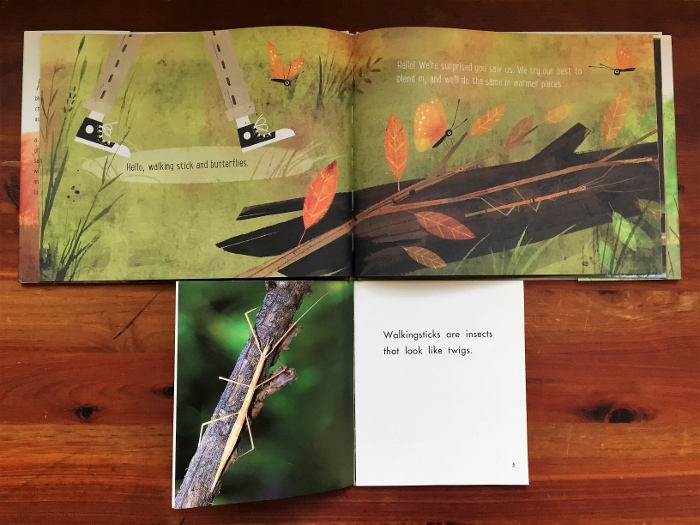
We chose an informational text about walking sticks, a type of insect we found interesting in an illustration from Goodbye Summer, Hello Autumn.
Do you have favorite nonfiction authors we should explore?
- Gail Gibbons is a favorite. She writes on various topics using beautiful illustrations that are clear and reliable.
- Similarly, Melvin and Gilda Berger have a plethora of accurate, interesting, and informational texts!
- Nic Bishop has some incredible photography in his books about fascinating animals.
- Jason Chin came to speak to the students at my school last year and he was great to listen to about his research process. Check out his gorgeously illustrated nonfiction books.
- Steve Jenkins is a must read. Check out his various books that share cool animal facts!
The girls and I have added these authors to our reading list. We hope Auntie E’s expertise is helpful to you and your little readers, too.


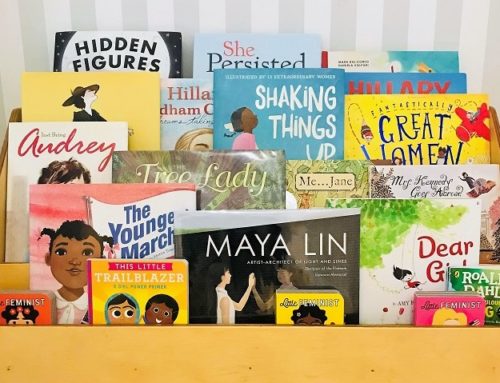
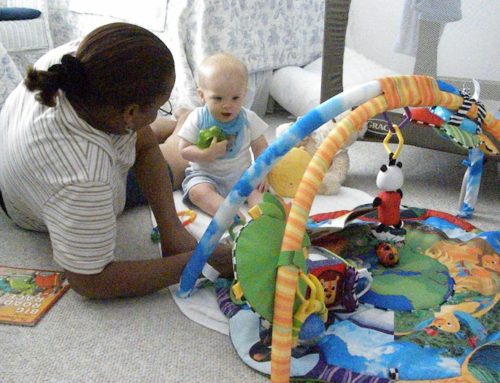
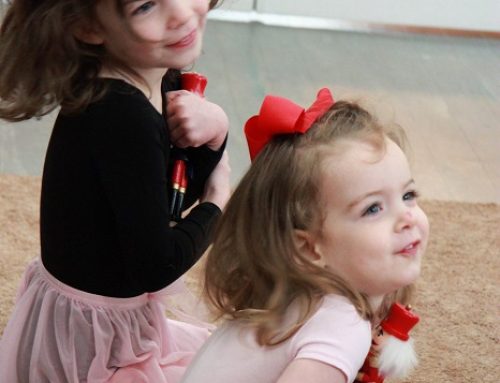
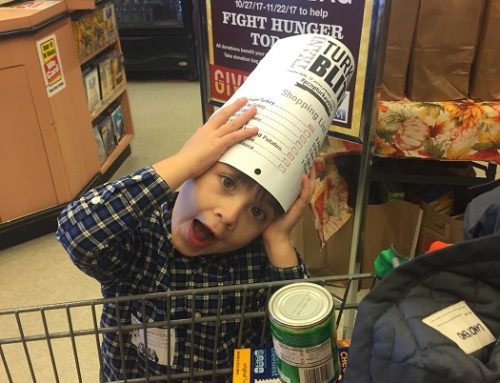
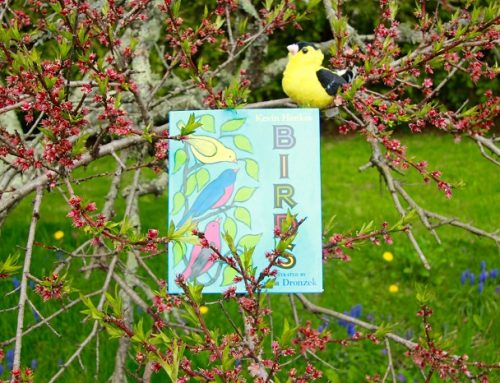



Leave A Comment